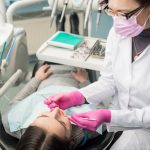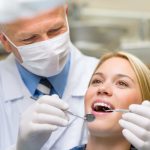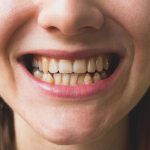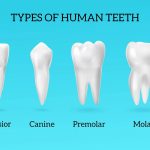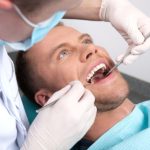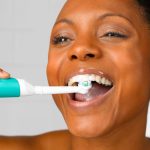Teeth Cleaning Risks for Dogs: How Many Canine Fatalities Occur?
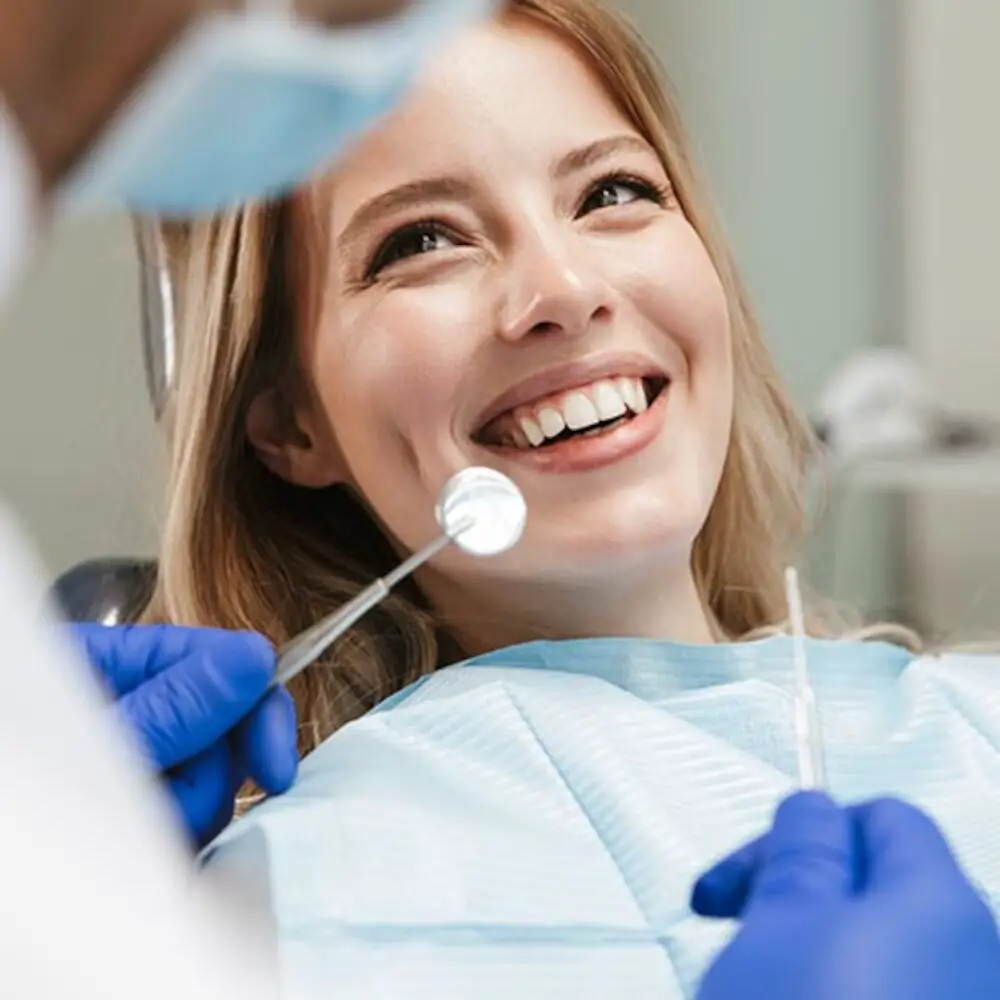
Dogs are considered to be one of the most loyal and loving companions of humans. They bring joy and happiness to people’s lives, and their unconditional love is often reciprocated by dog owners. However, as much as dog owners love their pets, they often overlook the importance of their dental hygiene. Teeth cleaning for dogs is a crucial aspect of their overall health, as poor dental hygiene can lead to serious health problems. Unfortunately, many dog owners are unaware of the risks involved in teeth cleaning, and it is essential to understand how many canine fatalities can occur as a result of improper teeth cleaning. Teeth cleaning for dogs is necessary to prevent the accumulation of plaque and tartar, which can cause gum inflammation, tooth decay, and even tooth loss. However, the methods used for teeth cleaning can vary, and some of them can be dangerous for dogs. The use of human toothpaste, for example, can be harmful to dogs, as it contains ingredients that are toxic to them. Additionally, improper teeth cleaning methods, such as using sharp objects to remove tartar, can lead to injuries and infections. Therefore, it is crucial to understand the risks involved in teeth cleaning for dogs to ensure the safety and well-being of our furry friends.
Proper dental hygiene is crucial for the overall health and well-being of dogs. Neglecting your dog’s teeth can lead to a variety of health issues that can be detrimental to their quality of life. Poor dental hygiene can cause gum disease, infection, tooth loss, and even systemic infections that can affect vital organs like the heart, liver, and kidneys. Regular brushing, dental check-ups, and professional cleanings are key to preventing such problems. In addition, maintaining good dental hygiene for your dog can also help prevent bad breath, promote healthy eating habits, and improve their overall demeanor and behavior. Thus, it is essential for dog owners to prioritize their pet’s dental hygiene to ensure their longevity and well-being.
Dental cleaning procedures for dogs are essential to maintain their oral health, but they also come with some risks. These risks include anesthesia complications, injury to the mouth, throat, or trachea, and even death. Anesthesia can cause adverse reactions, especially in older dogs or dogs with pre-existing health conditions. Injury to the mouth, throat, or trachea can occur during the cleaning process, causing bleeding or airway blockages. While these risks are uncommon, pet owners should consider them before scheduling dental cleanings for their dogs. Veterinary professionals should also take precautions to minimize these risks during the procedure, including proper monitoring and preparation.
Dental Cleaning Risks
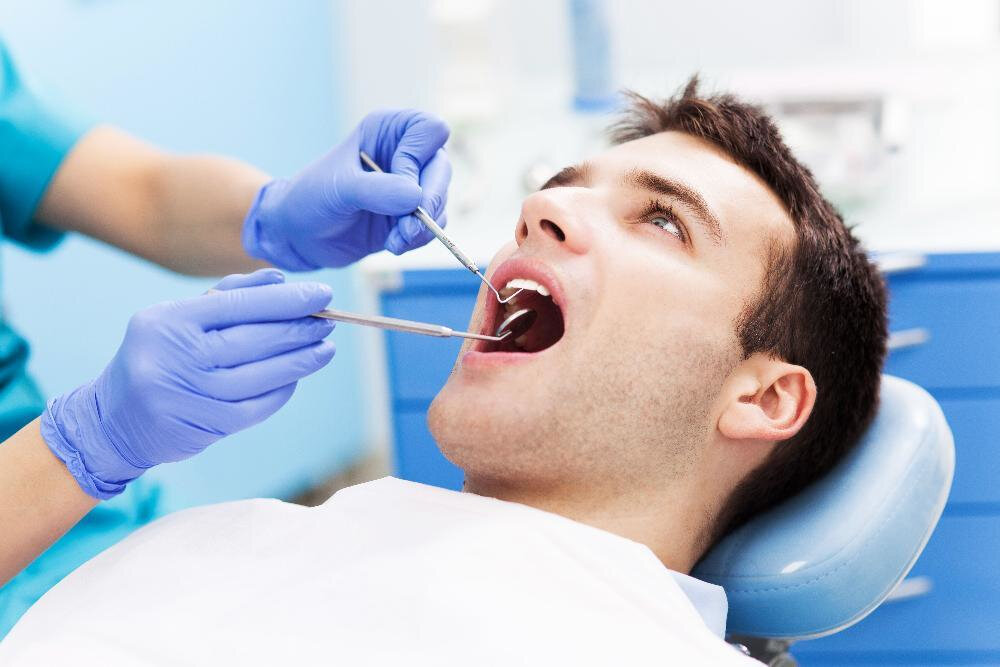
Dental cleaning is an essential part of maintaining good oral hygiene for dogs. However, it is not without its risks. One of the most significant risks associated with dental cleaning is anesthesia. Anesthesia is required for most dental cleaning procedures, and it can be dangerous for dogs, especially for those that have underlying health conditions. Anesthesia can cause complications such as respiratory issues, low blood pressure, and even death. Therefore, it is essential to make sure your dog is healthy enough to undergo anesthesia before scheduling a dental cleaning. Another risk associated with dental cleaning is the potential for injury to the dog’s mouth or throat. During the cleaning process, the veterinarian may use sharp instruments to remove tartar and plaque buildup, which can cause cuts or punctures in the dog’s mouth. Additionally, the instruments can accidentally fall down the dog’s throat, causing choking or other complications. Therefore, it is crucial to choose a reputable veterinarian who has experience performing dental cleanings and uses the appropriate safety measures to minimize the risk of injury. Overall, while dental cleaning is essential for your dog’s oral health, it is crucial to weigh the risks and benefits and take the necessary precautions to ensure a safe procedure.
Dental cleaning procedures for dogs, while beneficial, can come with risks. The use of anesthesia can be a significant concern, especially for older dogs or those with pre-existing health conditions. Anesthesia can lead to complications such as respiratory issues, low blood pressure, and even death. Additionally, while the procedure is meant to remove plaque and tartar buildup, it can also cause damage to the gums and teeth if not done properly. In rare cases, dental cleaning can lead to the introduction of bacteria into the bloodstream, causing infections in other parts of the body. While the risks associated with dental cleaning are generally low, it is essential to discuss the procedure’s potential dangers with a veterinarian to make an informed decision.
Teeth cleaning for dogs is a common practice that helps maintain good oral hygiene and prevent dental diseases. However, it is not without risks. There are different types of risks associated with teeth cleaning, including anesthesia complications and damage to teeth and gums. Anesthesia complications can be particularly dangerous for dogs, as they can lead to respiratory or cardiovascular problems. Damage to teeth and gums can also occur during the cleaning process, especially if the procedure is performed by an inexperienced or untrained professional. It is important for dog owners to be aware of these risks and take necessary precautions, such as choosing a qualified veterinarian or dental technician and monitoring their pet closely during and after the procedure.
Canine Fatalities
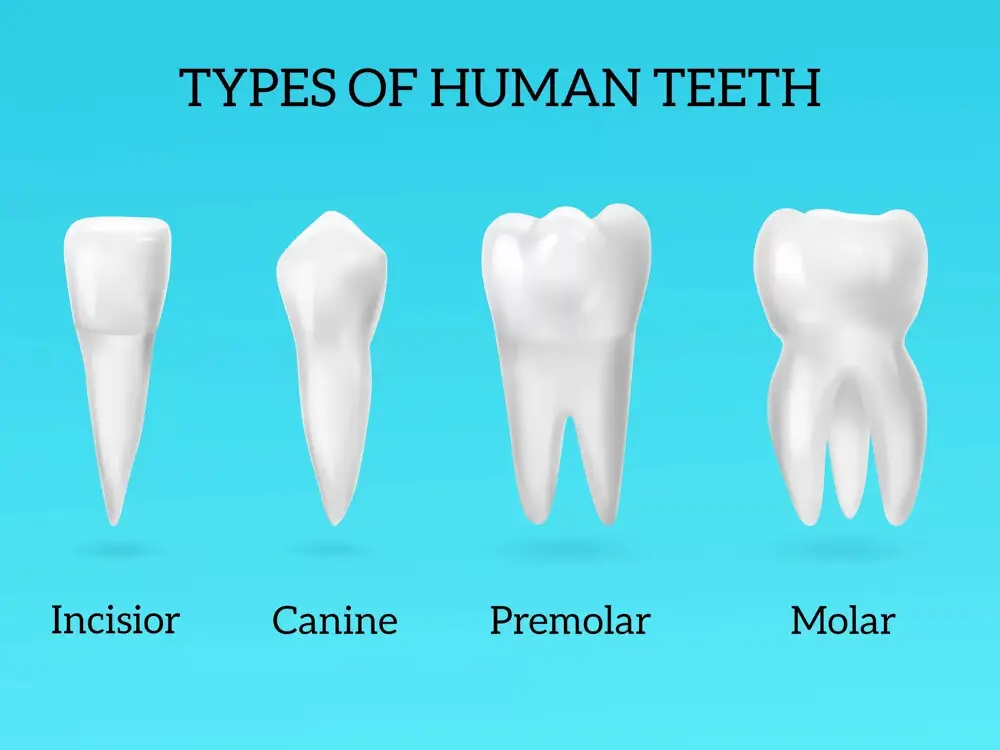
Teeth cleaning in dogs is a crucial aspect of their overall health and hygiene routine. However, it is not without risks, and canine fatalities have been recorded during this procedure in rare cases. The risks associated with teeth cleaning in dogs include anesthesia complications, respiratory arrest, and cardiac arrest. In some instances, dogs with underlying medical conditions, such as kidney or liver disease, may be at a higher risk of complications during teeth cleaning procedures. It is essential to consult with a veterinarian to evaluate the dog’s medical history and condition before scheduling a teeth cleaning procedure. According to a study published in the Journal of Veterinary Dentistry, the risk of canine fatalities during teeth cleaning is relatively low, with an incidence rate of 0.05%. However, pet owners should still be cautious and take appropriate measures to minimize the risks. This includes selecting an experienced veterinarian and ensuring that the anesthesia and monitoring equipment used during the procedure are up-to-date and well-maintained. Additionally, pet owners should monitor their dogs closely after the procedure, looking out for any signs of distress or complications, such as difficulty breathing, vomiting, or abnormal behavior. By taking these precautions, pet owners can help ensure the safety of their furry friends during teeth cleaning procedures.
The risk of canine fatalities due to dental cleaning procedures is a topic of great concern among pet owners. While it is a routine procedure, it is not without risks. According to recent studies, the number of fatalities resulting from dental cleaning procedures is relatively low. However, it is important to note that the risk of complications increases with age, underlying health conditions, and the type of anesthesia used. Factors such as the experience of the veterinarian and the quality of aftercare also play a significant role in the safety of dental cleaning procedures. Therefore, pet owners should always discuss the risks and benefits of dental cleaning with their veterinarian and ensure that their pet receives appropriate care before, during, and after the procedure.
Dental cleanings for dogs are important for maintaining their oral hygiene, but they also come with risks. Anesthesia overdose is one of the most common causes of dog fatalities during dental cleanings. This occurs when the dog receives too much anesthesia, leading to respiratory depression, cardiac arrest, or other complications. Additionally, complications during the procedure can also cause fatalities, such as aspiration pneumonia or choking on dental instruments. It is crucial for pet owners to understand these risks and discuss them with their veterinarian before scheduling a dental cleaning for their dog. Proper monitoring and preparation can reduce the likelihood of these tragedies occurring.
Prevention and Safety Measures
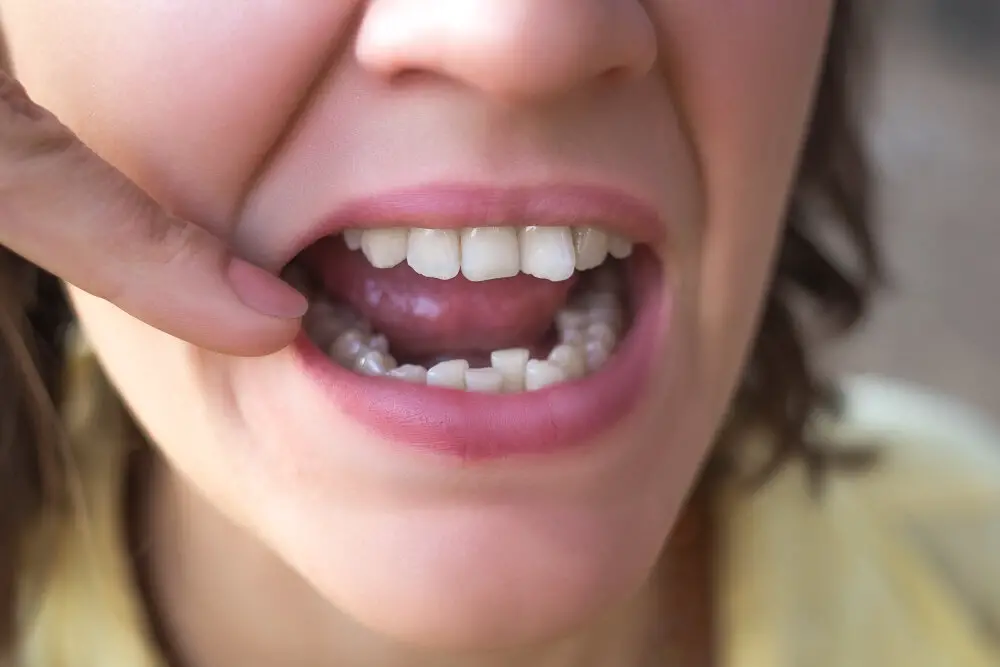
In order to prevent potential risks and ensure the safety of dogs during teeth cleaning, there are several prevention and safety measures that pet owners can take. Firstly, it is important to choose the right type of toothbrush and toothpaste that is specifically designed for dogs. Human toothpaste contains fluoride and other chemicals that can be toxic to dogs if swallowed. Therefore, it is recommended to use a pet toothpaste that is free from harmful ingredients and has a flavor that the dog will enjoy. Additionally, pet owners should use a soft-bristled toothbrush that is gentle on the dog’s gums and teeth. Secondly, it is crucial to introduce teeth cleaning gradually and with positive reinforcement. Dogs may feel uncomfortable or even scared during teeth cleaning if it is unfamiliar to them. Therefore, it is recommended to start with short sessions and gradually increase the time and frequency of teeth cleaning. Rewarding the dog with treats or praise after each cleaning session can also help create a positive association with teeth cleaning. Furthermore, it is important to be patient and gentle with the dog during teeth cleaning, avoiding any sudden movements or forceful brushing that could potentially harm the dog’s teeth and gums. By taking these prevention and safety measures, pet owners can help ensure that their dogs’ teeth cleaning is a safe and enjoyable experience.
To prevent dental cleaning risks and fatalities in dogs, there are several steps that pet owners can take. Firstly, it is important to choose a professional veterinary clinic with experienced staff that strictly follows safe dental cleaning protocols. Secondly, pet owners should ensure that their dogs undergo a thorough pre-anesthetic evaluation to assess their overall health status and identify any underlying health conditions that may increase the risk of complications during dental cleaning. Additionally, pet owners should avoid using anesthesia-free dental cleaning as it is not a safe or effective method of cleaning a dog’s teeth. Lastly, pet owners should be proactive in maintaining their dog’s oral health by regularly brushing their teeth and providing them with dental chews and toys.
Choosing a qualified and experienced veterinarian for dental cleaning procedures in dogs is of paramount importance because it ensures the safety and well-being of your furry friend. A skilled vet with proper training and knowledge can effectively identify any underlying dental issues, such as gum disease or oral tumors, that could pose a risk to your dog’s health. Furthermore, an experienced veterinarian will properly administer anesthesia and monitor your dog’s vital signs throughout the procedure to minimize the potential for complications. By selecting a qualified and experienced veterinarian, you can rest assured that your dog’s dental cleaning procedure will be conducted with the highest level of care and expertise, reducing the risk of any adverse consequences.
Alternatives to Dental Cleaning
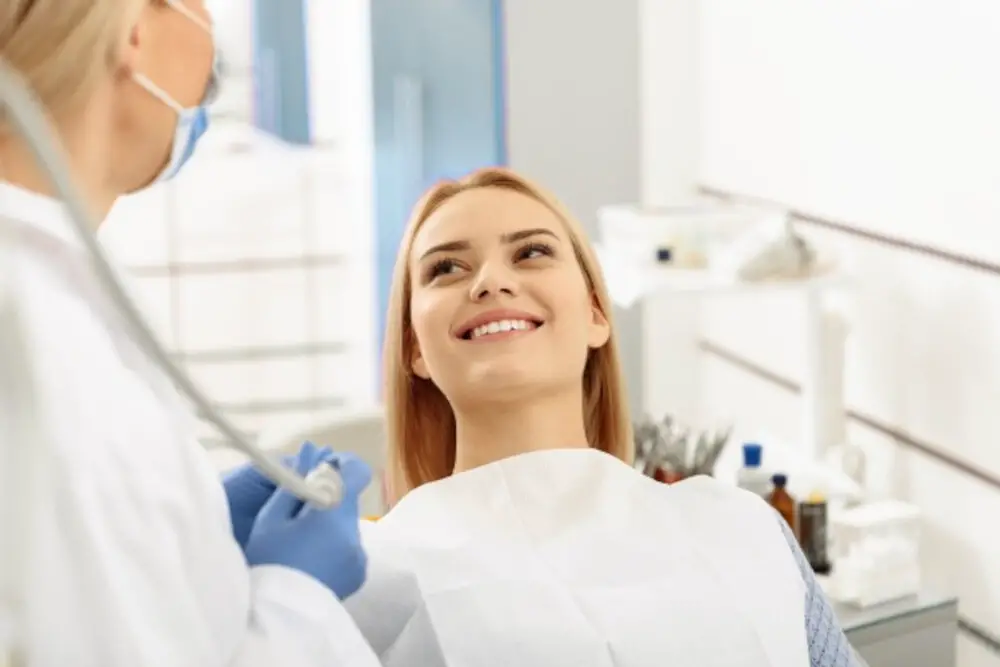
While dental cleaning is an essential practice for maintaining good oral hygiene in dogs, there are alternatives that pet owners can consider to reduce the risks associated with the procedure. One of the most effective alternatives is regular brushing of the dog’s teeth with a soft-bristled toothbrush and toothpaste specifically formulated for dogs. Brushing the dog’s teeth at least twice a week helps to remove plaque and tartar buildup, preventing the accumulation of harmful bacteria that can cause gum disease and tooth decay. Additionally, regularly brushing the dog’s teeth can reduce the need for dental cleaning procedures by veterinary professionals. Another alternative to dental cleaning is providing dogs with dental chews and toys that are designed to promote healthy teeth and gums. Dental chews and toys are formulated with enzymes that help to break down plaque and tartar buildup on the dog’s teeth, reducing the risk of gum disease and tooth decay. Moreover, chewing on dental chews and toys helps to strengthen the jaw muscles and reduce stress and anxiety in dogs. However, pet owners should ensure that the dental chews and toys are appropriate for their dog’s size and chewing habits to prevent choking hazards and other potential health risks.
As pet owners, we are responsible for ensuring our dogs have good oral hygiene to prevent dental issues that can lead to serious health problems. Fortunately, there are alternative dental hygiene options available for dogs beyond traditional teeth cleaning procedures. Dental chews, for example, are specifically designed to remove plaque and tartar buildup while satisfying a dog’s natural chewing instinct. Additionally, special diets that promote dental health can be beneficial for dogs, including those with ingredients that help to reduce plaque and tartar buildup. Although these options can be effective, it’s important to consult with a veterinarian to determine the best course of action for your dog’s unique needs. By incorporating alternative dental hygiene options into your dog’s routine, you can help to reduce the risk of dental issues and promote overall health and wellbeing.
There are alternative options to traditional teeth cleaning procedures for dogs, such as anesthesia-free cleaning or using dental chews and toys. The benefits of anesthesia-free cleaning include a lower risk of complications associated with anesthesia, lower cost, and a shorter recovery time. However, this method may not be as effective as traditional cleaning, especially for dogs with severe dental issues. Additionally, dental chews and toys can help prevent plaque buildup, but they may not be sufficient for dogs with existing dental problems. It is important to weigh the benefits and drawbacks of each option and consult with a veterinarian to determine the best course of action for your dog’s dental health.
Dental cleaning procedures for dogs are necessary to ensure the health and hygiene of your pet’s mouth. However, the procedure is not without risks or dangers. One of the most significant risks is anesthesia, which is required to keep the dog still during the cleaning. Anesthesia can cause severe complications and can lead to fatalities. Other risks include the use of sharp dental instruments, which can cause cuts and infections in the mouth. Additionally, if the dental cleaning is not done correctly, it can lead to the removal of healthy teeth, making it difficult for the dog to eat and causing pain. Therefore, it is crucial to weigh the benefits and risks of dental cleaning for your dog and consult with a veterinarian before proceeding with the procedure.
Taking preventative measures and choosing a qualified veterinarian for dental cleanings is of paramount importance when it comes to maintaining the oral hygiene of our furry friends. Neglecting dental care can lead to a plethora of health issues for dogs, including tooth decay, gum disease, and even systemic infections. As much as we love our pets, it is essential to understand that dental cleanings can pose serious risks to their health if not performed correctly. Therefore, it is imperative to choose a qualified and experienced veterinarian who can perform the procedure safely and effectively. By doing so, we can ensure that our pets receive the best possible care while minimizing the risk of complications that can lead to canine fatalities.
In conclusion, it is clear that there are various alternative dental hygiene options for dogs that can be effective in preventing dental disease, such as dental chews, water additives, and brushing with enzymatic toothpaste. However, pet owners must also be aware of the potential risks and side effects associated with these products. It is important to do thorough research and consult with a veterinarian before introducing any new dental care products or procedures for your furry friend. Ultimately, maintaining good oral hygiene for your dog is crucial for their overall health and well-being, and a combination of regular professional cleanings and at-home dental care can help ensure a healthy and happy life for your beloved pet.
Conclusion
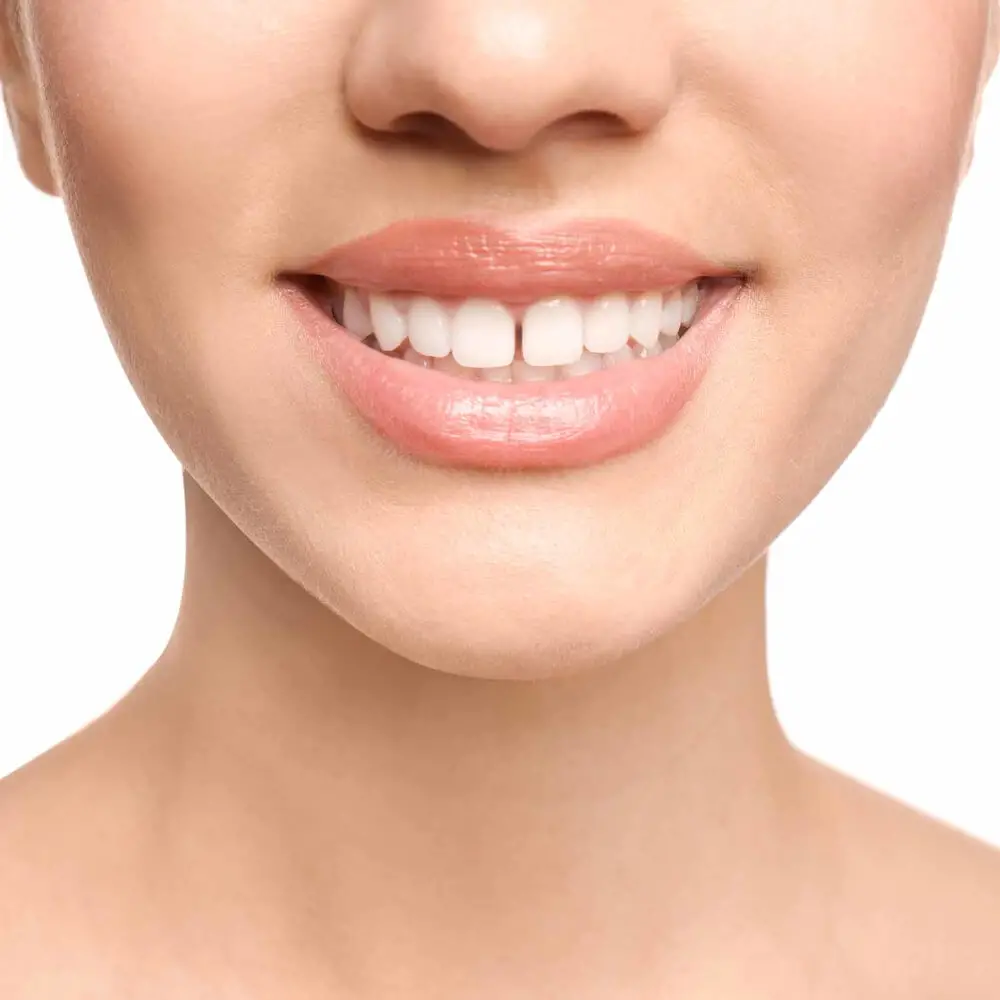
In conclusion, ensuring proper dental hygiene for dogs is crucial for their overall health and wellbeing. While there are risks associated with teeth cleaning procedures, such as anesthesia complications and injury to the oral cavity, they can be mitigated through careful consideration of the dog’s health status and the use of appropriate techniques. It is important for dog owners to be aware of the potential risks and to work closely with their veterinarian to develop a dental care plan that is safe and effective. By taking proactive measures to maintain their dog’s oral health, owners can help reduce the risk of serious dental issues and potentially fatal complications.
